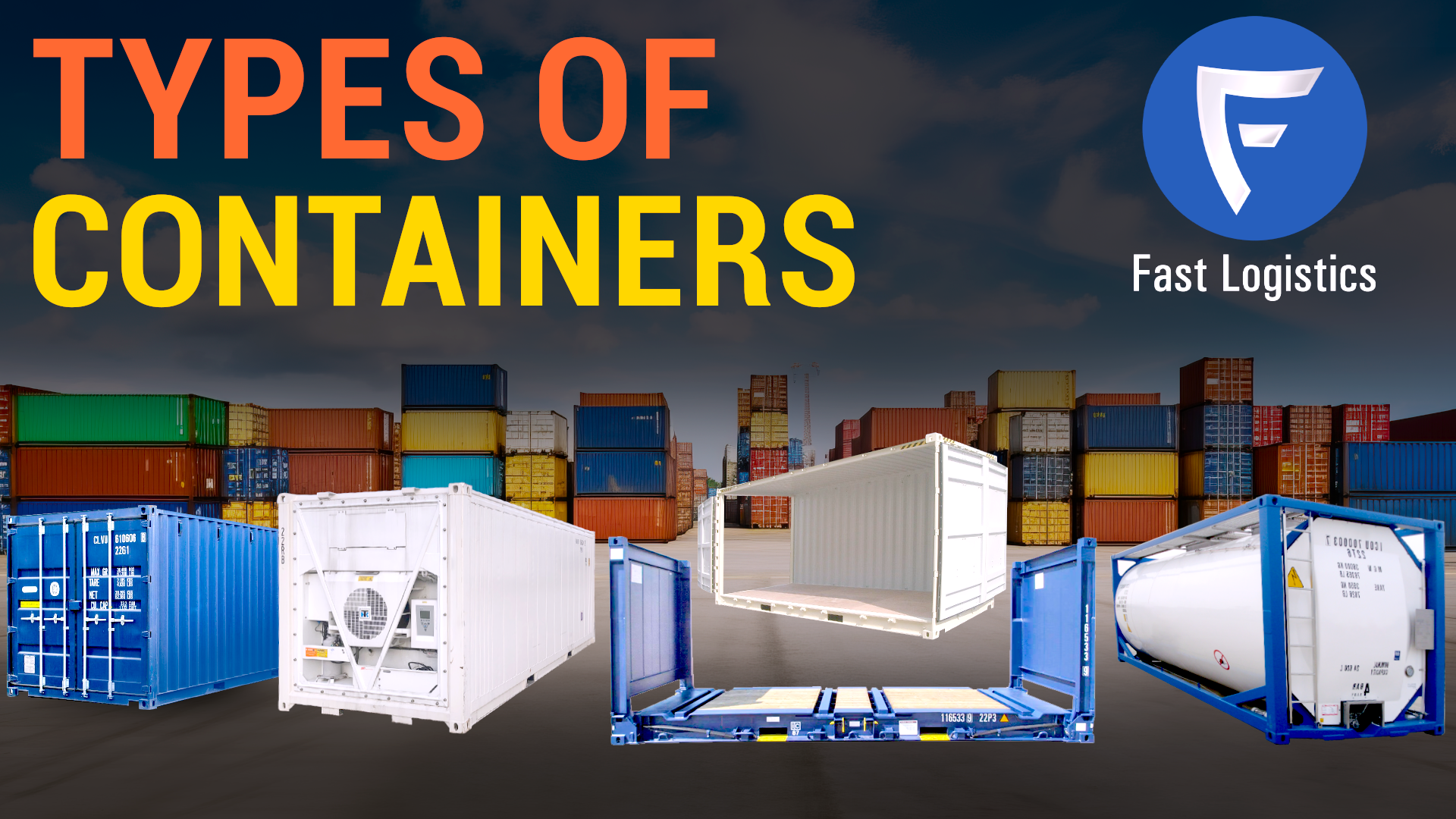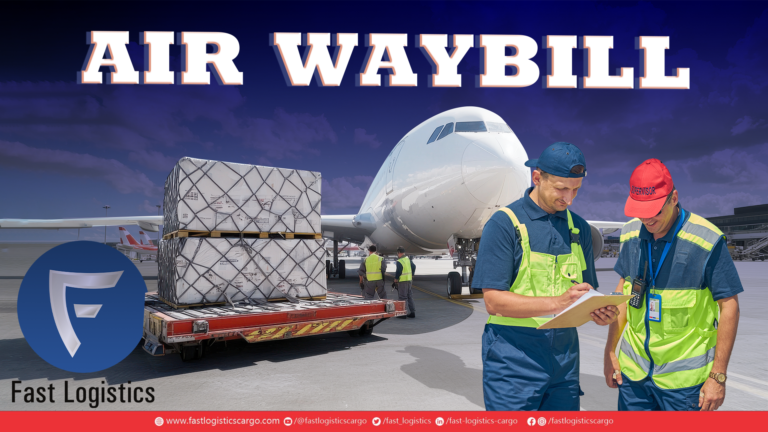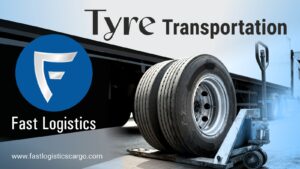Types of Containers
Every year, hundreds of millions of shipping containers traverse the globe, carrying everything from clothing and machinery to perishable foods and industrial liquids. With so many options available, choosing the right container for your cargo is essential. Here’s your ultimate guide to the most common shipping container types, their uses, sizes, and benefits.
1. Dry Containers (General Purpose)
The most commonly used container worldwide, dry containers are perfect for non-perishable cargo. They are fully enclosed, weatherproof boxes with double doors on one end.
- Sizes: 20 ft (TEU), 40 ft (FEU), and High Cube variations
- Used for: Consumer goods, electronics, packaged dry foods, garments
- Note: High Cube adds an extra foot of height for transporting light, bulky cargo efficiently.
2. Reefer Containers (Refrigerated)
Reefer containers are built with a cooling system to transport temperature-sensitive goods while maintaining precise control throughout the journey.
- Temperature range: Between –65 °C and +40 °C, depending on settings
- Used for: Fruits, vegetables, dairy, pharmaceuticals, flowers
- Power sources: Shipboard electrical, port shore power, or diesel gen-sets during road/rail transit
3. Open Top Containers
These containers feature a removable roof (typically covered by a tarp), making them ideal for loading tall or oddly shaped cargo from above.
- Used for: Large machinery, over-height cargo, construction equipment
4. Flat Rack Containers
Flat rack containers have collapsible or open sides, allowing for side or top loading—perfect for oversized and heavy cargo.
- Used for: Machinery, vehicles, pipeline parts
- Payload capacity: Up to 50 tons in newer 40 ft versions
- Special features: Stackable when empty for efficient return transport
5. Double-Door (Tunnel) Containers
These have doors on both ends—providing easy access and faster loading/unloading. Ideal for steel, long goods, or bulk cargo loading at both ends
6. High Cube Containers
Offering an additional foot of height (9 ft 6 in vs. 8 ft 6 in standard), High Cube containers allow more volume without exceeding a standard footprint. Great when transporting voluminous but lightweight goods like cotton or paper rolls.
7. Open Side Containers
Featuring side doors running the length of the container, open side units offer greater cargo access—particularly useful in warehousing or project cargo settings.
8. Insulated (Thermal) Containers
Lined with insulation but without active cooling systems, these containers help to moderate temperature fluctuations passively. Best used for short-distance transit of temperature-sensitive goods.
9. Tank Containers (ISO Tanks)
Cylindrical tanks housed within an ISO frame, designed for bulk liquid transport.
- Used for: Chemicals, oils, fuel, food-grade liquids
- Safety: Built to meet strict international standards for hazardous cargo
10. Pallet-Wide Containers
Slightly wider than standard units, they accommodate two Euro pallets side-by-side—ideal for reducing wasted space. Used across Europe and North America.
11. Swap Body Containers
Designed primarily for road and rail—not sea—swap bodies offer optimized pallet capacities and lightweight design, making them efficient for regional logistics in Europe.
12. Bulk and Intermediate Bulk Containers (IBC)
Apart from ISO containers, other standardized units include:
- Rigid IBCs (plastic/steel) rated up to ~3 m³ for transporting liquids or powders
- Collapsible or Caged IBCs used in pharma, cosmetics, and food industries
- Flexible IBCs (big bags) for granular products like sand, fertilizers, plastics
Why Choosing the Right Container Matters
Selecting the correct container ensures:
- Cargo protection and quality
- Cost-efficient loading and handling
- Customs and regulatory compliance
- Optimal use of transport space and capacity
Using a dry container for frozen goods risks spoilage. Conversely, using a reefer for standard goods leads to unnecessary cost. Choose wisely.
Knowing your container types is not optional—it’s essential. Whether you’re shipping consumer goods, chemicals, food, or machinery, the correct container makes a difference in cost, safety, and delivery reliability. Reach out to trusted logistics partners like Fast Logistics to make every shipment count.
FAQ-
Dry containers carry non-perishable goods. Reefer containers have cooling systems for temperature-sensitive cargo.
Tank containers are specifically designed for transporting liquids and chemicals.
Yes, flat rack or even high cube containers are commonly used for vehicle transport.
No. Containers come in various types and sizes (e.g., 20ft, 40ft, high cube) depending on the cargo requirements.










